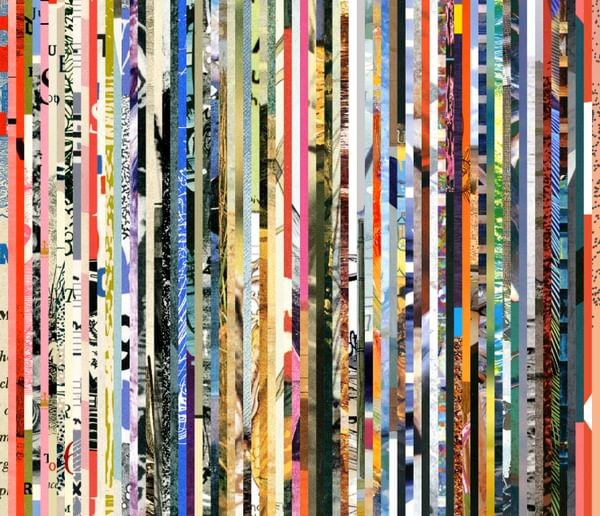
Rolf Hind
A captivating sequence of piano works which embraces diverse musical influences from around the world, featuring Unsuk Chin and Judith Weir.
- Rolf Hind:
- Bhutani (selection): No.6 Avatara, No.7 Bhujanganam, No.8 Khaga (8’)
- Ravel:
- Noctuelles; Oiseaux tristes (from Miroirs) (7’)
- Messiaen:
- Le Loriot (from Catalogue d’oiseaux) (8’)
- Debussy:
- La Terrasse des audiences du clair de lune (from Préludes Book II) (5’)
- Judith Weir:
- The Art of Touching the Keyboard (9’)
- Koechlin:
- La Caravane (rêve, pendant la sieste); L’Escalade obscure (from Les Heures persanes, Op.65) (7’)
- Unsuk Chin:
- Piano Etudes (selection): No.1 In C, No.2 Sequenzen, No.6 Grains (10’)
Rolf Hind piano
Main image: Rolf Hind © Paul Frank Rogers
Rolf Hind’s characterful programme is imbued with cross-cultural connections. With their echoes of Sāvitri and Rig Veda earlier in the Festival, Hind’s vivid studies on the names of animals in Sanskrit – avatar, snake, bird – blend beautifully with flight-inspired music by Ravel and Messiaen. The latter’s depiction of Le Loriot (the golden oriole) is of exceptional beauty and splendour, “loriot”being just one letter removed from Loriod, the surname of Messiaen’s muse, the outstanding pianist Yvonne Loriod, who became his life partner.
Debussy’s piece evokes the mysterious, magical glow of moonlight, while Koechlin imagines “dreaming while sleeping”. Our two featured composers also appear: Hind completes the set of Unsuk Chin’s virtuosic Etudes (begun by Joseph Havlat on 10 June) that are described as “one of the challenging high peaks of the contemporary piano repertoire”; while Judith Weir explains that her title The Art of Touching the Keyboard is “an over-literal translation of the title of Francois Couperin’s harpsichord tutor of 1716, ‘L’ Art de toucher le clavecin’”. In a single continuous movement, the piece “demonstrates the many ways in which the piano keys can be touched, from the gentlest of strokes to the most vicious of blows”.

Explore the Festival
The 75th Aldeburgh Festival of Music and the Arts
07 – 23 June 2024